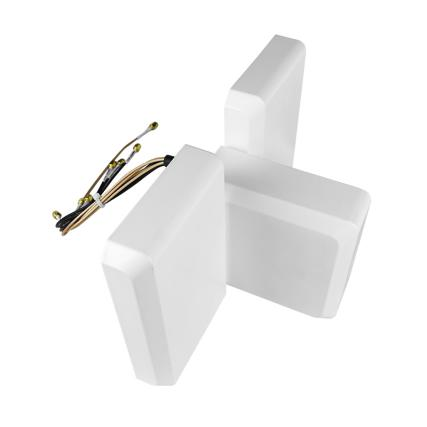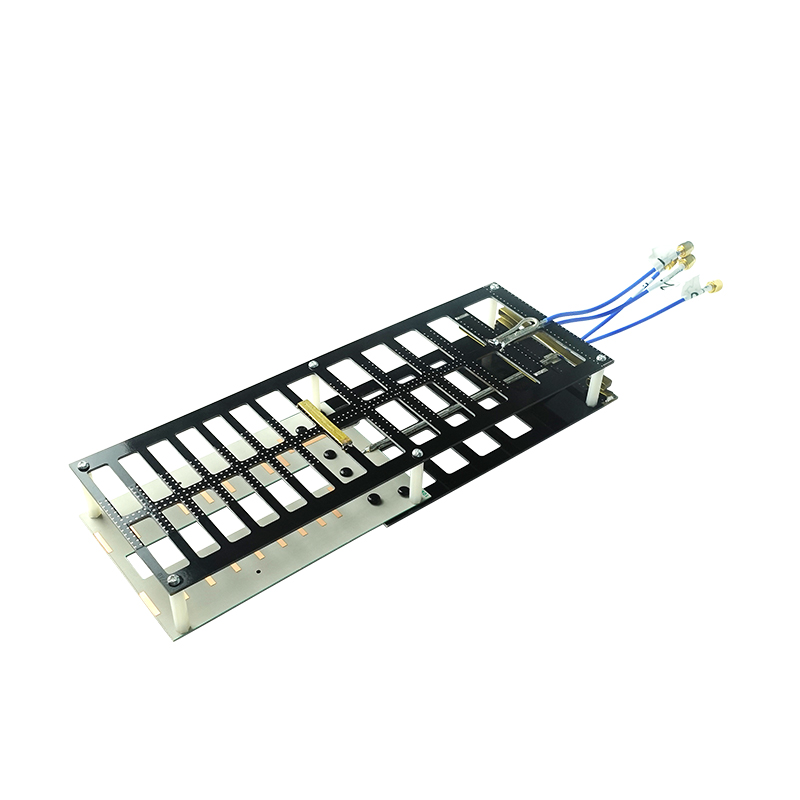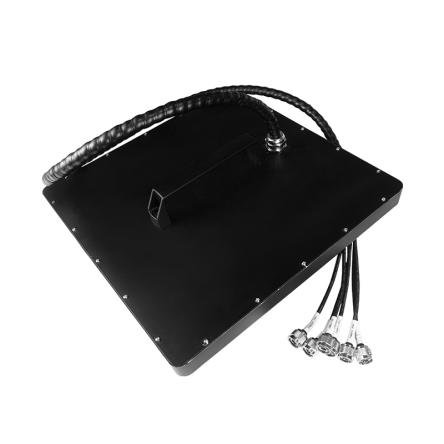
- English
- Español
- Português
- русский
- Français
- 日本語
- Deutsch
- tiếng Việt
- Italiano
- Nederlands
- ภาษาไทย
- Polski
- 한국어
- Svenska
- magyar
- Malay
- বাংলা ভাষার
- Dansk
- Suomi
- हिन्दी
- Pilipino
- Türkçe
- Gaeilge
- العربية
- Indonesia
- Norsk
- تمل
- český
- ελληνικά
- український
- Javanese
- فارسی
- தமிழ்
- తెలుగు
- नेपाली
- Burmese
- български
- ລາວ
- Latine
- Қазақша
- Euskal
- Azərbaycan
- Slovenský jazyk
- Македонски
- Lietuvos
- Eesti Keel
- Română
- Slovenski
- मराठी
- Srpski језик
Principle of antenna
Antennas transform guided waves propagating on transmission lines into electromagnetic waves propagating in free space, or perform opposite transformations. Guided waves are electromagnetic waves in which all or the majority of electromagnetic energy is constrained to propagate in a certain direction within a finite cross-section.


We use train travel as an analogy, where passengers are like electromagnetic waves and transmission lines are like trains.
After passengers get on the train, they can only move inside the train. The passengers move in the direction of the train, which is like a guided wave, constrained in a finite cross-section and transmitted in a certain direction.
After leaving the station, passengers can move freely, which is like electromagnetic waves propagating in free space. The train door here is similar to an antenna.

Train doors can be used for both passenger boarding and passenger disembarking.
Similarly, antennas can be used to convert guided waves into free space electromagnetic waves, as well as free space electromagnetic waves into guided waves, which is the reciprocity principle of antennas.
How does an antenna convert guided waves into electromagnetic waves in free space?
In 1894, scientist Popov discovered in an experiment that the distance at which the receiver detected radio waves increased significantly compared to usual. After some exploration, Popov discovered that a wire had hit a metal chip detector. It is this wire that greatly increases the experimental distance. This wire is considered the world's first antenna.
In the Popov experiment, the wire accidentally encountered a metal chip detector, invisibly changing the shape of the transmission line.
Following Popov's experimental approach, scientists have found that as the transmission line angle increases, the radiated electromagnetic waves become stronger. Later, the theory of symmetric dipole antennas was proposed, and various antennas were developed.


